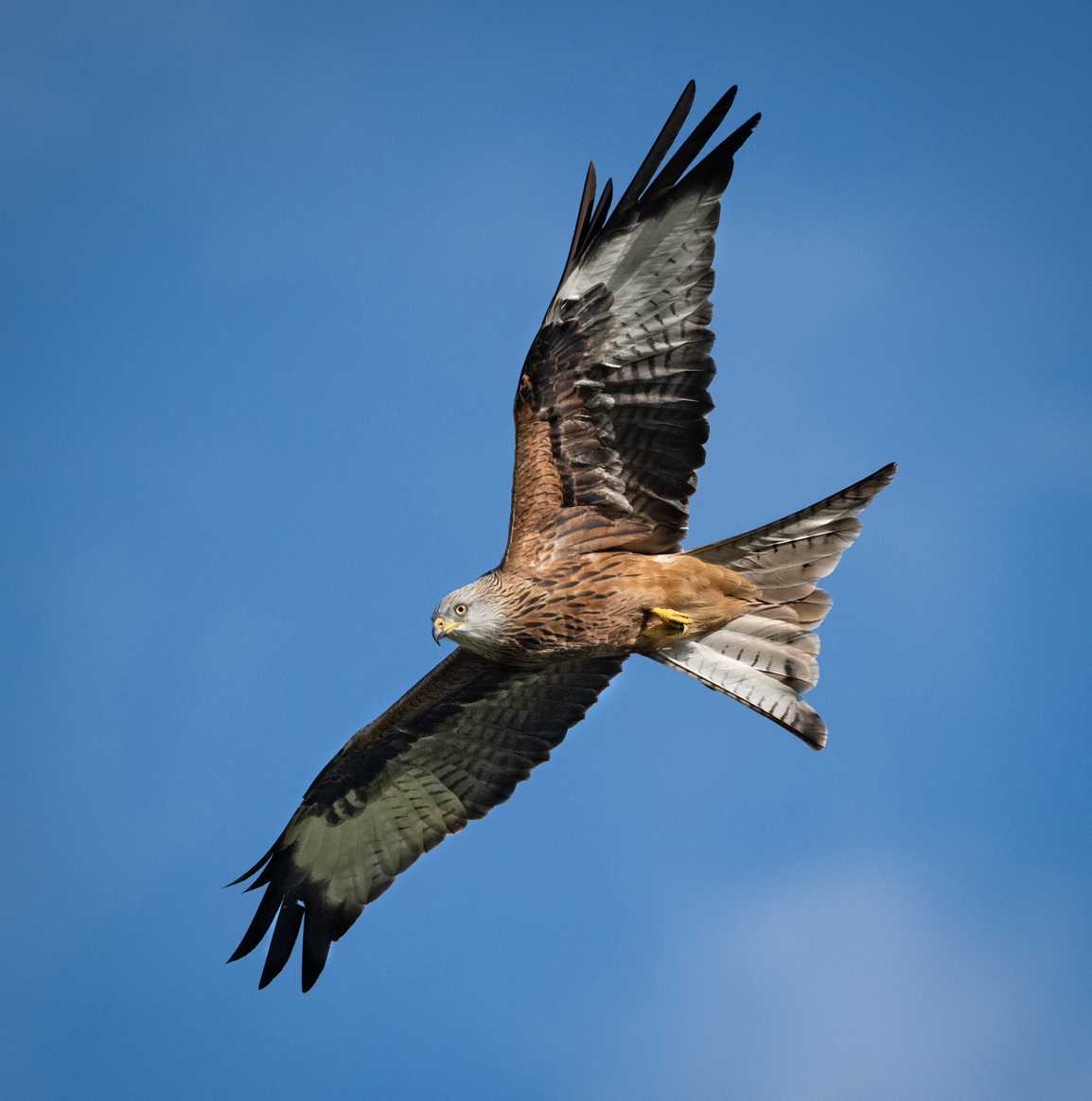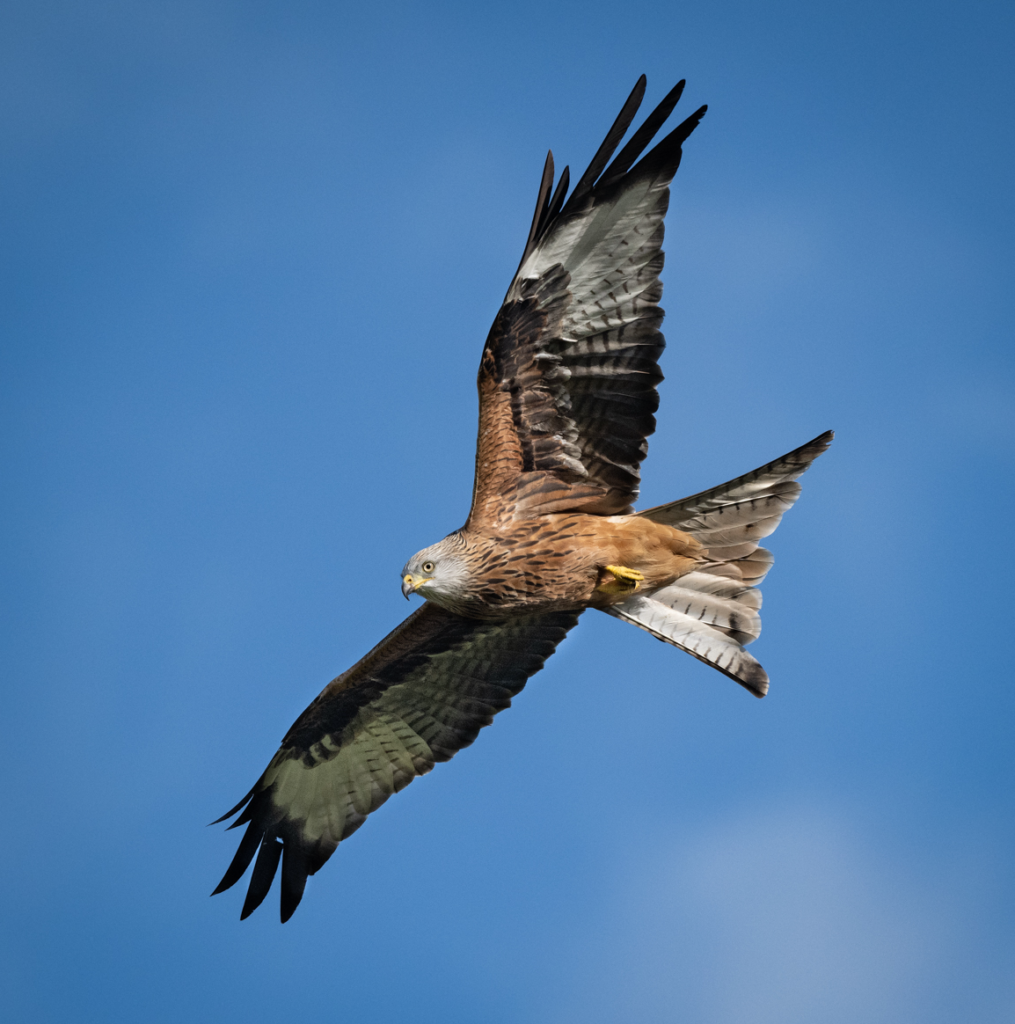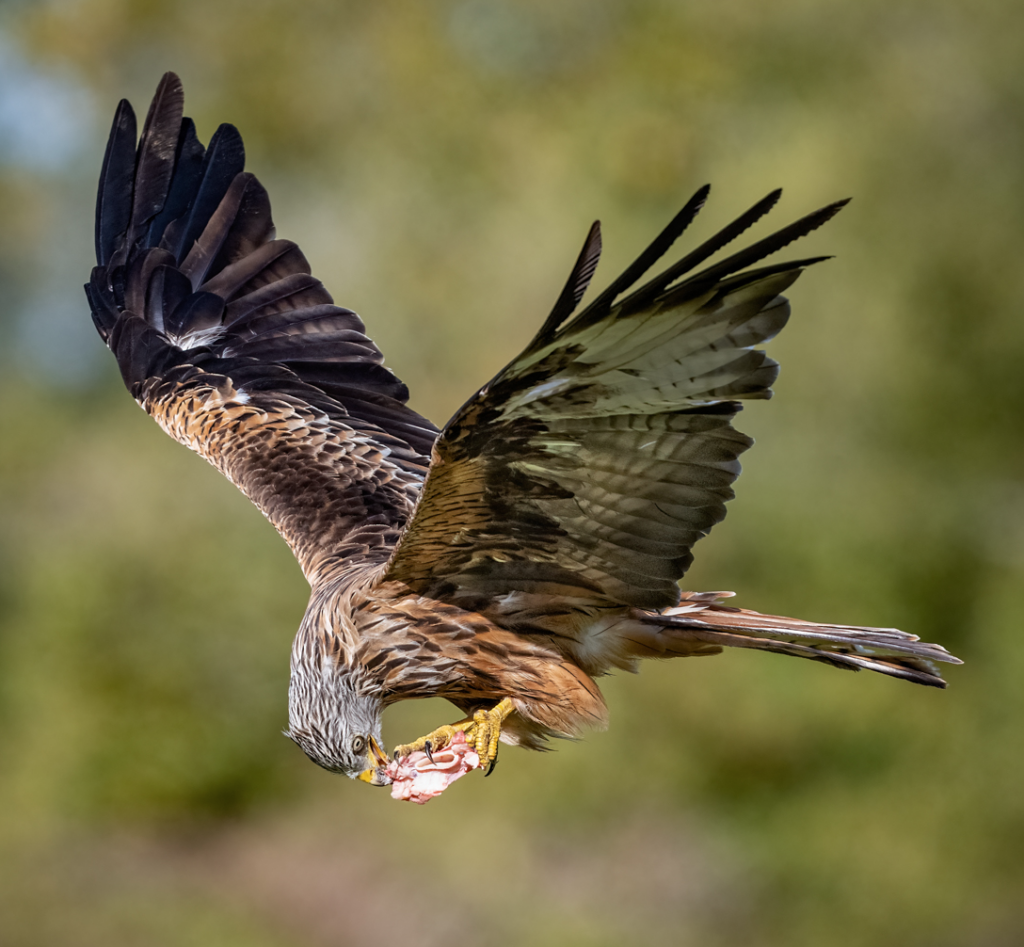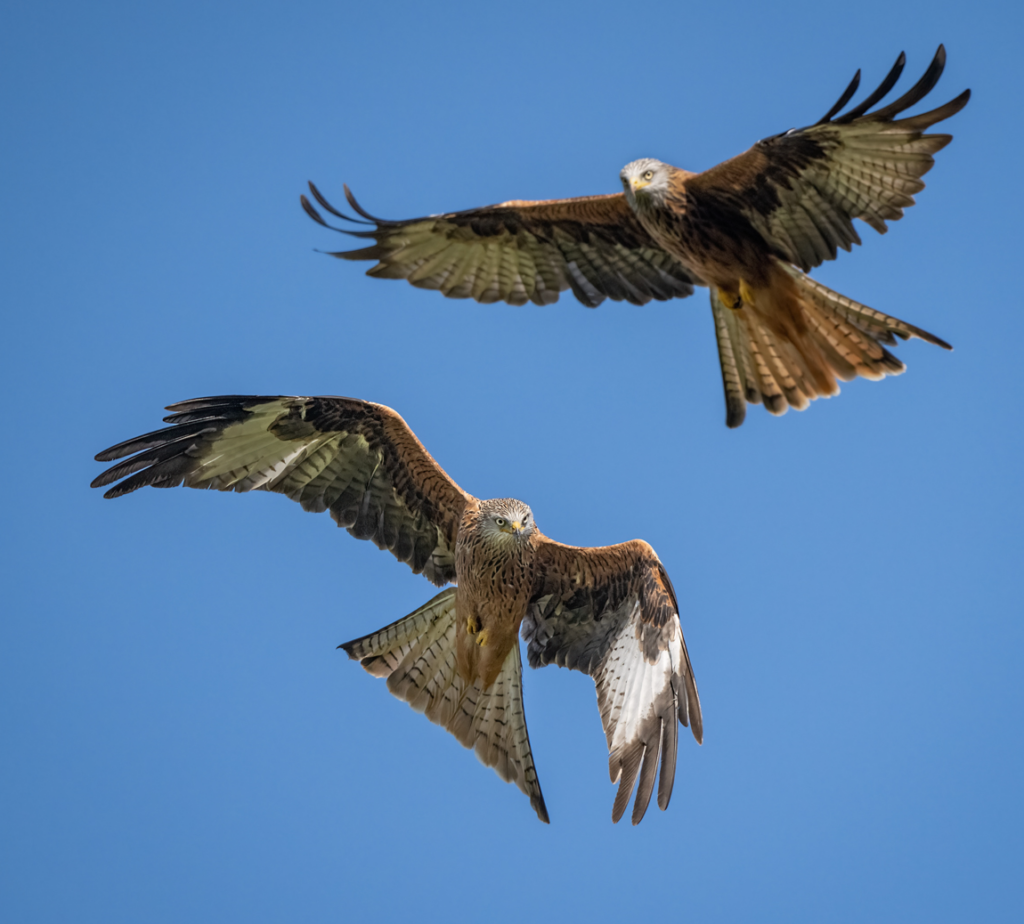
Unmistakable with a rusty reddish-brown body, angled wings, and deeply forked tail, the red kite is an icon of perseverance and recovery to many. On the brink of national extinction in the UK after centuries of persecution, the species is now a soaring success all thanks to conservation efforts in one of the world’s longest-running protection programs.

A Bird Falls from Grace
Three hundred years of sustained persecution can have a devastating effect on a wildlife species. The red kites of the United Kingdom found themselves on the sharp end of a deliberate and merciless campaign enacted by gamekeepers, egg collectors and trophy hunters. Once regarded as an asset to the nation, red kites were “street cleaners” in Elizabethan London, feeding on carrion and other carcasses the city refused to pay to clean up. But over time with the expansion of private land ownership and the rise of the Industrial Revolution, attitudes towards kites changed and they became seen as vermin, relentless killers of prized and valuable livestock and game birds, a devil with wings fit only for dispatch. As their numbers dwindled, much like the twisted thought processes behind trophy hunting of big mammals, to find an egg or an intact bird was to be in with the chance of a fortune; the rarer they became, the higher the reward for finding one, the greater the greed leading to even more death and devastation. By the turn of the 20th century, only a few breeding pairs remained in the whole of the British Isles, confined to a few valleys in Wales, and they were declared extinct in England and Scotland.

The Kite Flies Again
However, there will always be those on the side of the animals, and growing disgust at the near-eradication of these iconic and graceful birds led to the formation of The Red Kite Committee in 1903. Nest protection schemes were developed, and in 1905 the newly formed Royal Society for the Protection of Birds (RSPB) joined the efforts, bringing much-needed coordination and funds to the projects. But still, even by the 1980s, the population numbers were of such dire status that more needed to be done. Habitat loss had led to increased stress on nesting sites, which led to nest failures. On top of this, albeit illegally, gamekeepers and hunters were still poisoning and shooting juvenile and adult birds to “protect” the pheasants, grouse, and other game birds that would be killed for sport anyway.

Meeting the Criteria
After extensive research requested by the International Union for the Conservation of Nature (IUCN), scientists were able to demonstrate that the red kite met all the criteria for a reintroduction program: the existence of good historical evidence of a former natural occurrence; a clear understanding of why the species disappeared; suitable habitat is still present to support a viable population; the disappearance was due to human action and the species was unlikely to recolonize naturally. Finally, in 1989 when approval for the scheme was granted, six Swedish birds were released at a site in north Scotland, and four Swedish birds and one Welsh bird were released in southern England in Buckinghamshire. Over the next few years, altogether, 93 birds of Swedish and Spanish origin were released at each of the sites, and the first successful breeding was recorded at both sites in 1992; two years later, kites reared in the wild themselves reared young for the first time, and this success continued in the ensuing decades. Thirty years on, what started with disgust at human destruction is now hailed as one of the most successful reintroduction programs in the world: around 2,000 breeding pairs of red kites stun millions of people each year in the UK when performing their breath-taking aerial displays, their distinctive forked tails fanned out as they wheel and dive.

Once the last remaining bastion of red kite territory in the United Kingdom, there are now more than 300 breeding pairs of red kites in Wales, thanks to the concentrated efforts of conservationists, farmers, and land owners: all bird lovers alike. On a recent trip to the country, Owen was delighted to get the opportunity to photograph these dazzling aeronauts, happy once more in their natural environment, and we hope you enjoy seeing the pictures as much as he enjoyed taking them.


